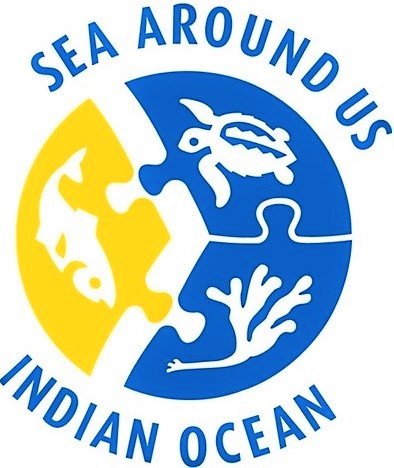Rising catches in the Indian Ocean hint at risk to sustainability
Posted: 26 May 2023
Indian Ocean marine fisheries catches have been consistently rising since the 1950s, a recent study by researchers with the Sea Around Us – Indian Ocean at the University of Western Australia shows. This contrasts with global trends.
The paper, published in the journal Marine & Freshwater Research, indicates that small-scale catches, that is, those taken by artisanal, subsistence and recreational fisheries, grew by 300 per cent from 1950 to 2018, reaching 6.5 million tonnes of fish per year in recent years. This is equivalent to almost 3,000 Olympic-sized pools filled with fish.
Industrial catches, on the other hand, began increasing in the mid–late 1970s but then reached a plateau and have been stagnating since the late 1990s.
“The results for industrial fisheries suggest that they may already have reached or exceeded sustainable catch limits,” Professor Dirk Zeller, lead author of the study and director of the Sea Around Us – Indian Ocean, said. “Our synthesis suggests that intense industrial fishing has already led to serious impacts on marine fish stocks. For example, excessive trawling has resulted in strong biomass declines in India and Pakistan.”
Globally, marine fisheries catches have been declining steadily by around 1.0-1.2 million tonnes per year since 1996, so the divergent trend in the general Indian Ocean region pushed Zeller and his team to take a deeper look. They examined the catch statistics that are reported by the Food and Agriculture Organization of the United Nations (FAO) on behalf of the 38 countries and territories in the Indian Ocean, and they also analyzed the catch data reconstructed by the Sea Around Us initiative, which include figures not reported to and by the FAO, such as many artisanal, subsistence and recreational catches, as well as discards.
“Our analyses made us realize that the differing trend is likely due to the later onset of heavy industrial fishing in this region, compared to the Pacific and Atlantic oceans, and we therefore only see industrial catches peaking now” Zeller said.
The researchers also dug into the Sea Around Us’ fishing effort database, which estimates the input in kW/hours by fishing fleets from all sectors deployed in all maritime countries’ exclusive economic zones and the high seas. They then combined these data with the reconstructed catch data and were able to determine how much each sector is catching vis-a-vis their effort input.
“We discovered a consistently declining trend in the overall catch-per-unit-effort of approximately 78% between 1950 and 2010 – which is the latest year of effort data available,” Kristina Heidrich, co-author of the paper, said. “This not only suggests that fishers are putting more time, fuel, manpower, etc. into fishing, while catching less, but also indicates that there is a decrease in the relative abundance of the underlying marine fisheries resources in the Indian Ocean.”
The pressure on the fish stocks in the region is likely due to the overlap between large- and small-scale fisheries, as both sectors get the majority of their catch from the same grounds within countries’ exclusive economic zones.
“Small-scale fisheries have been historically responsible for contributing more to catches, food security and employment in the region. However, in recent years, industrial fisheries have been responsible for 60 per cent of total catches,” Zeller said. “There are clear signs that interest by foreign industrial fisheries has been expanding rapidly in some East African countries over the past decade. We believe that such industrialization and distant-water fishing country interests should be treated very cautiously by host countries in the Indian Ocean, because they regularly and rapidly lead to detrimental conditions for coastal communities, truly domestic fisheries and a country’s marine resources. This has been clearly demonstrated by the disastrous situation in West Africa, whose coastline is flooded with massive fishing vessels that are leaving almost no fish for local communities.”
The paper “Trends in Indian Ocean marine fisheries since 1950: synthesis of reconstructed catch and effort data” was published in Marine & Freshwater Research https://doi.org/10.1071/MF22148

